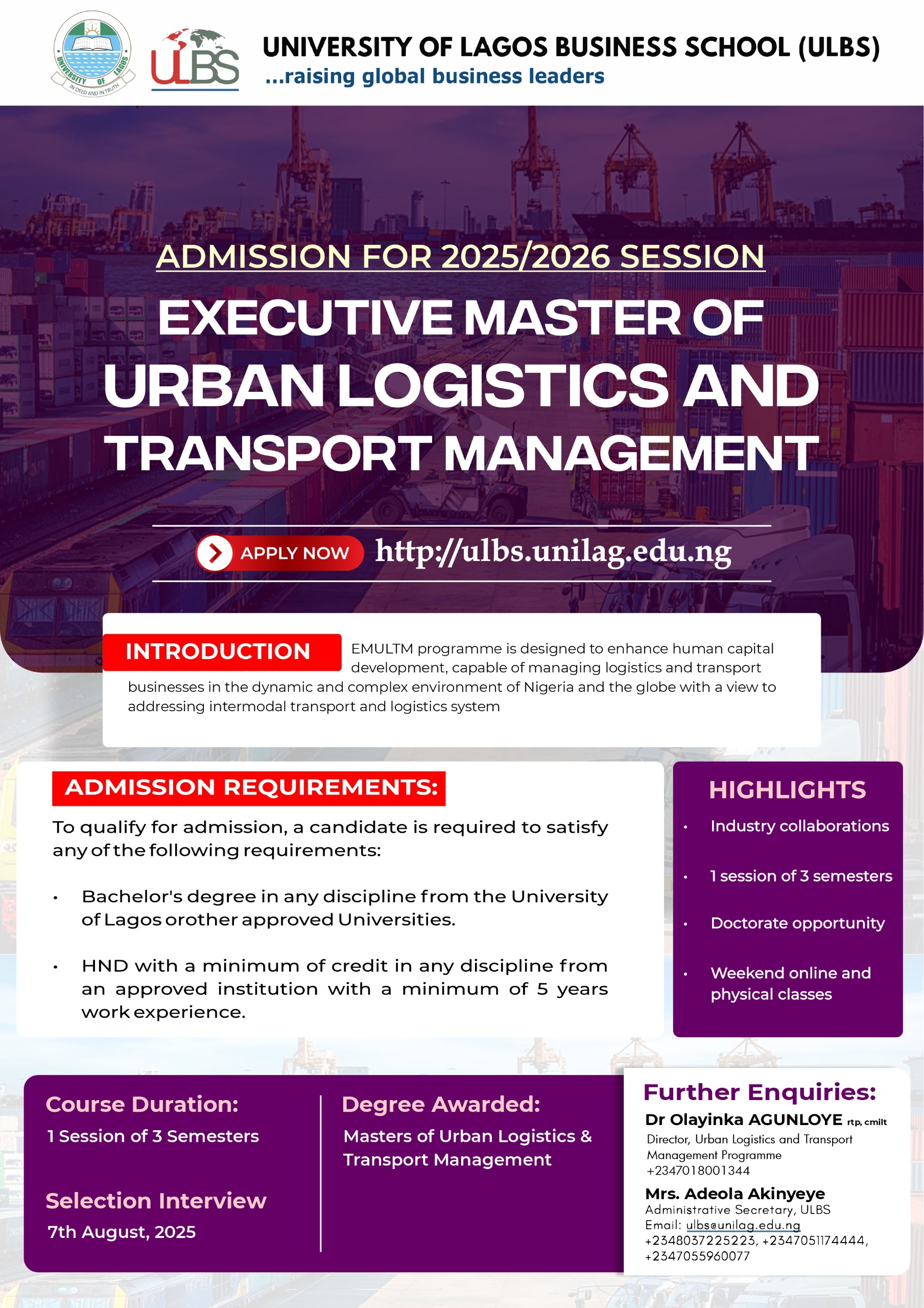Afolabi Gambari
Five years ago, Sanjay Kumar Das, a Nutrition team leader at UNICEF Nigeria, took a deep look at the state of child malnutrition in the north-east of the country, particularly Borno State. He described the situation as “horrible and pathetic”, saying “it requires urgent local and international attention”. He was short of declaring the situation an emergency, although he stressed collaborative efforts to salvage the situation.
Such collaboration had become a matter of urgency, especially as many communities and their farmlands in the north-east had been destroyed by the prolonged insurgency, resulting in the destruction of livelihoods and forcing thousands of people into different internally displaced persons camps with dreadful living conditions.
Statistics have showed a high record of Severe Acute Malnutrition (SAM) among children under the age of five in the north-east, with a breakdown of 11 per cent of children in Borno State, 13 per cent in Yobe State are 6 per cent in Adamawa State, indicating the need for more investment by the various sectors.
The danger that malnutrition poses to Nigeria’s socio-economic development cannot be over-emphasised, but suffices it to say it damages the brain of the children, adversely affecting their school performance and their cognitive development and ultimately the families’ income and the country’s GDP.
Das said the interventions by UNICEF and other local and international partners, as well as governments in states, had proved effective as far as some improved records could show. But he also said the collaborative effort was still non-negotiable, especially after he said the UNICEF had treated over 165, 000 children affected by severe acute malnutrition in 2019. Beyond collaboration, however, hard work, better planning and allocation of resources would also prove vital in the fight against child malnutrition.
About N5 billion was required in 2020, targeting 258,000 children to be severely malnourished, although about 771,000 care givers were also targeted for the affected children.
Financing treatment for child malnutrition has proved a formidable issue in the past seven years as efforts were geared to tame the monster. At a one-day workshop on Nutrition Resource Tracking in July 2022 for relevant stakeholders at federal level drawn across ministries, departments and agencies (MDAs) and development partners, organised by the Ministry of Budget and National Planning in collaboration with Results for Development (R4D), Dr. Hope Clueja, the Country Director for R4D, lamented what he described as a degree of insensitivity in how nutrition is financed in Nigeria, specifically saying it was hard to determine who is responsible for the financing.
“There is this assumption that the Ministry of Health, Ministry of Agriculture and Ministry of Women Affairs are responsible for financing. Yet, there is a degree of carefree attitudes in terms of how nutrition is being financed. I think if we don’t know how nutrition is being financed, it will be difficult to mobilise resources for it,” Clueja said.
With over three million Nigerian children now suffering from acute malnutrition, nutritionists have called on governments at all levels to fund malnutrition interventions with a view to reducing the number of children living with the scourge.
There is also the “media angle” to waging war against child malnutrition in Nigeria, according to Dr. Aminu Magashi Garba, Chairman of the board of Community Health and Research Initiative (CHRI) who said: “The media has vital role to play in terms of malnutrition intervention for providing adequate information to educate members the public to eat right foods.”
The media angle came to the fore at a recent two-day “Media Dialogue on Nutrition Financing in Nigeria” with the theme “Investing in child malnutrition for the future” in Port Harcourt where UNICEF’s Nutrition Officer, Nkeiru Enwelum, urged journalists to constantly appeal to the various stakeholders to scale up financing treatment for child malnutrition in the country. She also urged the journalists to encourage the stakeholders to focus more on the preventive aspect of the efforts than the curative which she said is “far more expensive”.
Perhaps, the most hopeful collaborative effort so far occurred at a session to address the deepening child malnutrition crisis during the 77th United Nations General Assembly (UNGA) in New York in 2022 when governments, philanthropists and private donors pledged approximately $577 million, with at least 60 per cent of the amount committed to directly supporting UNICEF’s work. The unprecedented pledge arose from findings that 15 countries had been hardest hit in Africa where a child is being pushed into severe malnutrition every minute. What greater hope this portends however remains to be seen in the years ahead.








